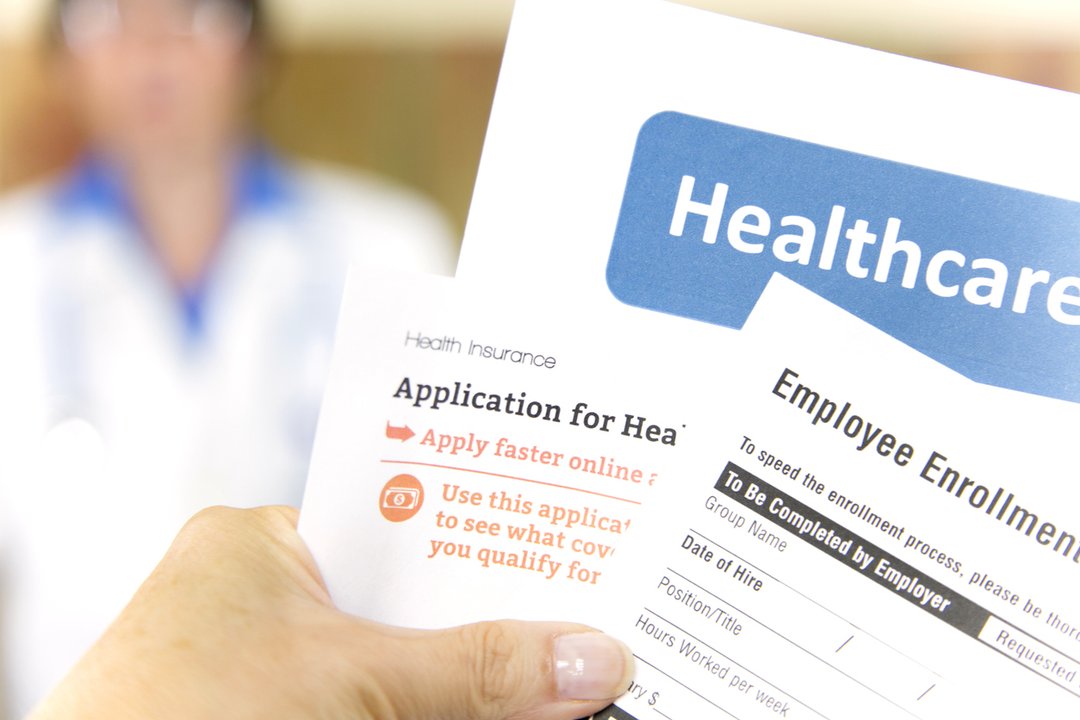
By Alex Janin
Nov. 1, 2023
The best way to make sure your doctors are still covered under your health insurance plan? Pick up the phone and call them.

iStock image
Each year, many workers learn the hard way that solely relying on your insurance provider’s online search tool to check on coverage during open enrollment doesn’t work. Those websites aren’t always up-to-date, benefits professionals caution.
Millions of employees are gearing up for their companies’ open enrollment period right now, and many of them will spend less time on it than they do commuting one way to work. Roughly two-thirds of benefits-eligible employees spend 30 minutes or less reviewing information during this period, according to survey data from financial-services company Voya Financial.
That’s a mistake, especially this year with costs for employer health coverage expected to jump. In addition to rising costs, there are also coverage changes that can vary year to year on the same plan.
“It’s confusing. It’s complicated. But it’s really important,” says Nate Black, vice president of health solutions product at Voya.
Esther Bergdahl, a 39-year-old freelance writer in Chicago, says she checked her insurance provider’s website to ensure her therapist was still covered during the Affordable Care Act’s open enrollment last fall. There was a bright green check mark next to the words “in-network.”
Then, in January, she got a notification from her insurance company: Her claim had been denied. It took months of back and forth to figure out the discrepancy, Bergdahl says. The therapist had previously been fully covered under the same plan, but she now owes a $15 copay per visit.
Make sure your doctors and drugs are still covered
The first mistake most people make is assuming their healthcare plan will have the same costs and coverage year-over-year, says Roy Ramthun, a consultant who specializes in high-deductible plans and health-savings accounts.
“I don’t know of any plan that stays the same,” says Ramthun. “Even if you think they’re staying the same, the doctors and the drugs may not be the same.”
Costs, including premiums, deductibles, out-of-pocket maximums, copays and coinsurance, are most likely to change. But a plan’s network of providers can also shift, especially in narrow network or HMO plans, which tend to require lower monthly payroll contributions, says financial coach Arianne McSellers.
Doctors aren’t required to tell patients in advance that they’re no longer accepting their insurance, so it’s a good idea to call them directly and ask, says Ramthun.
Human resources departments often give employees a heads-up about changes in costs, networks or insurance providers before open enrollment begins. But it’s up to the employee to figure out if their medications are still covered and their doctors are still in-network.
Employees can check whether the price of their medications has changed by looking at the plan’s formulary—a list of covered prescription drugs—on their insurer or pharmacy-benefit manager’s website. Medications can move up or down tiers, making them more or less expensive.
Assess your circumstances
If your life or household is changing in any major way this year, evaluate whether a different healthcare plan or set of benefits could better serve you.
Planning a wedding? Newlyweds or domestic partners who are eligible to be on the same plan can use open enrollment to compare their options. Keep an eye out for monthly fees, and do the math to calculate how much you would owe in copays and deductibles on one plan versus two.
Having a baby? Some health plans have added maternity support. If you’re anticipating more doctor’s visits during pregnancy, it might make sense to switch to a plan with a wider network and lower deductible.
Turning 65? It might make sense to waive your employer’s coverage and go with Medicare, says Kim Buckey, vice president of client services at employee benefits company Optavise.
Anticipating a surgery? A higher-premium plan may allow you to pay less in coinsurance, says McSellers, the financial coach.
McSellers also recommends looking at your medical claims from last year to determine whether you can cut back to a lower-premium plan, or you might benefit from wider coverage. Checking whether you met your deductible or out-of-pocket maximum can help you decide, she says, as can calculating how much in total you spent on copays.
Make use of HR benefits managers and interactive tools on your company’s benefits website, such as chatbots and cost calculators.
Make the most of supplementary benefits
Employees are confronting a dizzying list of voluntary benefits, which employees can purchase at a discount through payroll deductions during open enrollment. These may include basics like dental and vision care to more modern additions such as identity theft protection, legal assistance and pet insurance.
Among employers surveyed in 2022, 64% said they offered new voluntary benefits over the past 12 months, according to MetLife.
Most of the time, these benefits are priced at a better deal than you can get on the open market because they are offered at a group discount, benefits professionals say. Pet insurance can be an exception.
But don’t pay for what you don’t need. For example, if you don’t plan on getting braces or Invisalign, don’t pay for orthodontia, says McSellers.
If you do enroll in voluntary benefits, do the math on the total price tag rather than just looking at the biweekly or monthly costs. If a benefit costs $1,000 a year, would you likely spend $1,000 out-of-pocket on that category?
Employees tend to regret their elections when they don’t spend enough time to understand them during open enrollment, says Jamie Madden, senior vice president of workforce engagement and benefits connectivity at MetLife.
“Have a conversation with a family member about how they’ve used theirs,” she suggests. “Talking to others about their experiences and how they used a benefit and now how it helps them gives an employee a different perspective.”
Write to Alex Janin at alex.janin@wsj.com
Dow Jones & Company, Inc.



